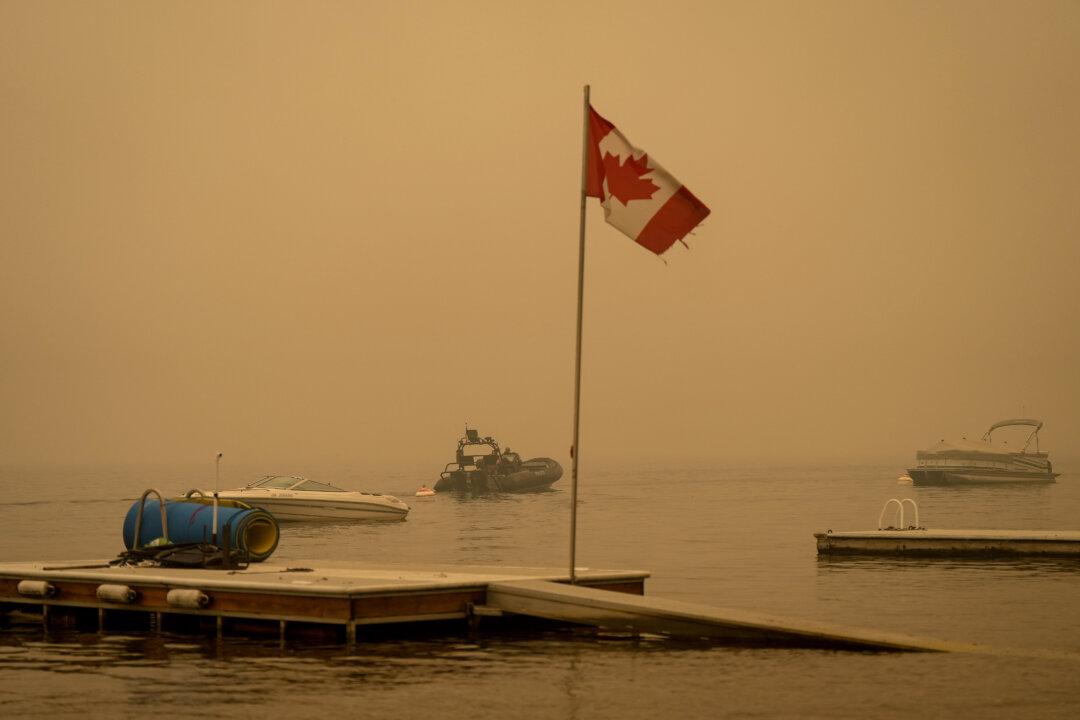After insurers paid out more than $3 billion last year following floods and wildfires in Canada, they may raise premiums because they view the country as “a riskier place to insure,” the Insurance Bureau of Canada (IBC) says.
Severe weather caused more than $3.1 billion in insured damage across the country in 2023, making it the fourth-worst year on record for insured losses, IBC said in a recent report. While 2023 was a record-breaking year for wildfires, flooding was also a major problem in nearly every region across Canada.





